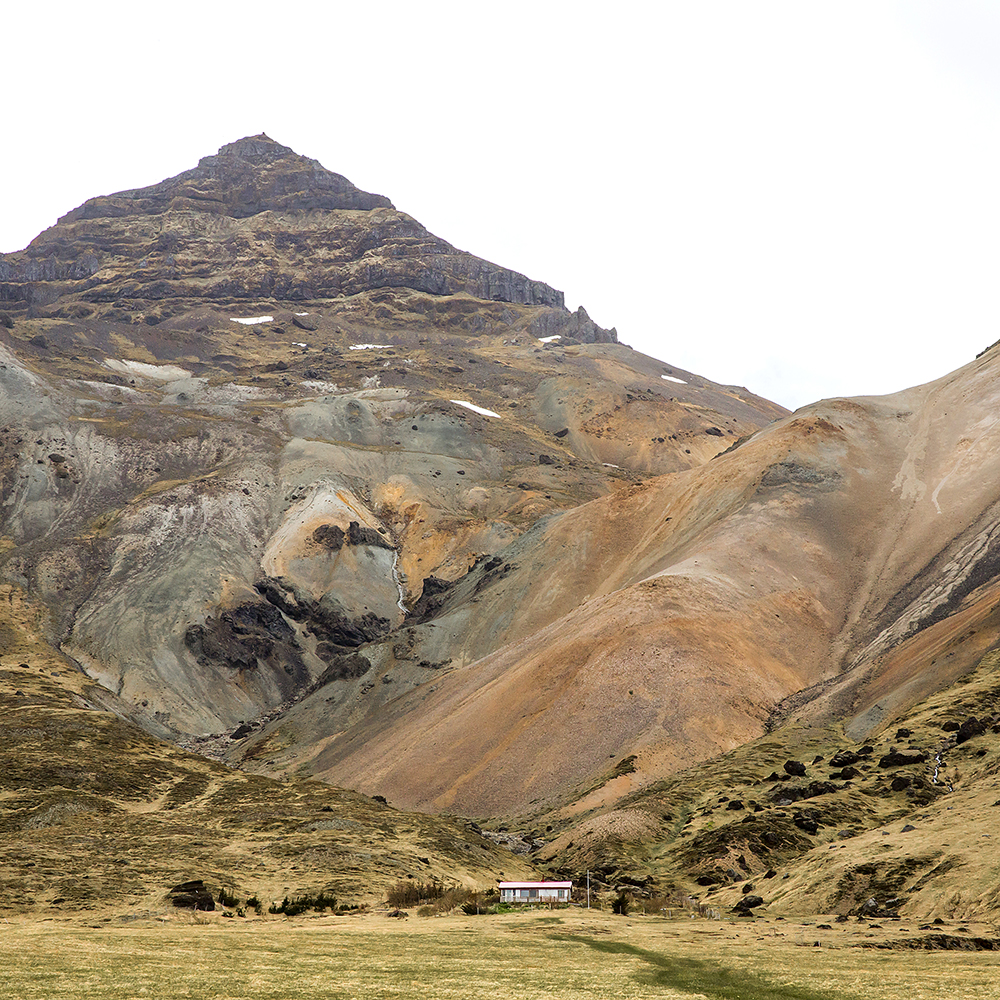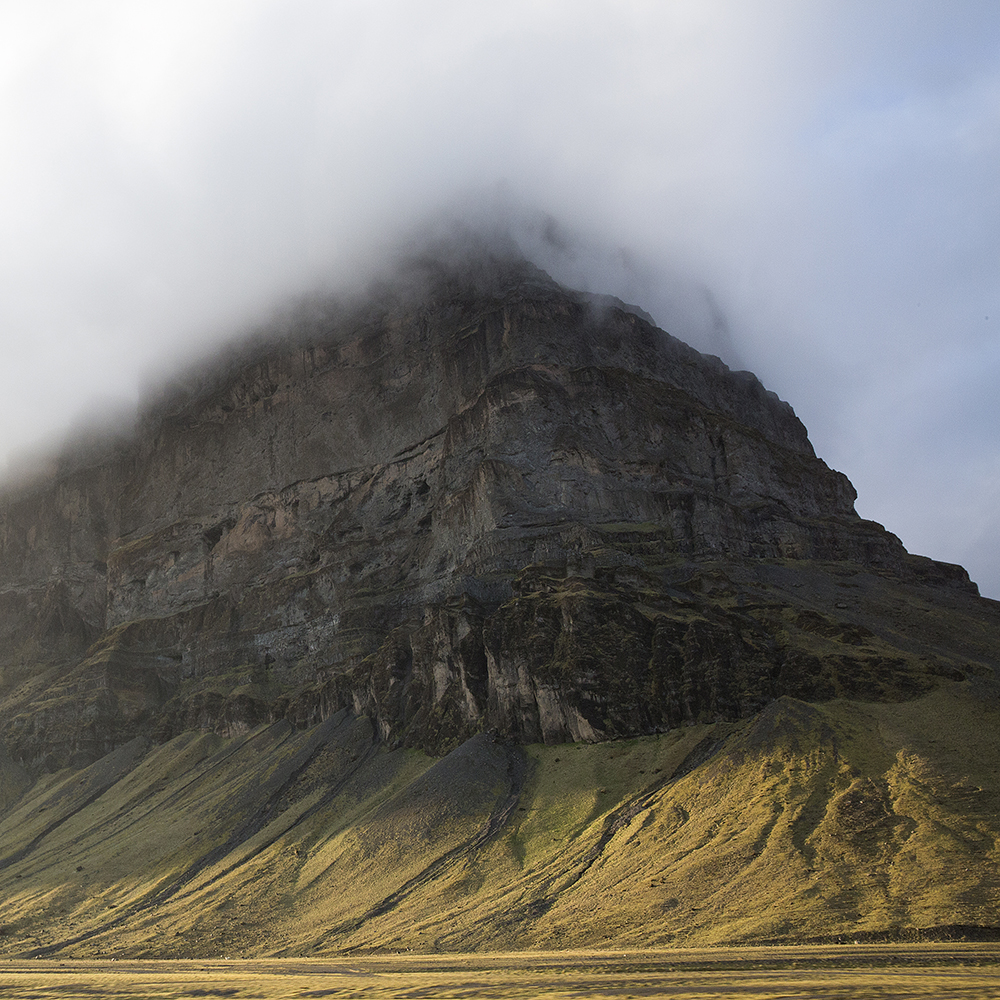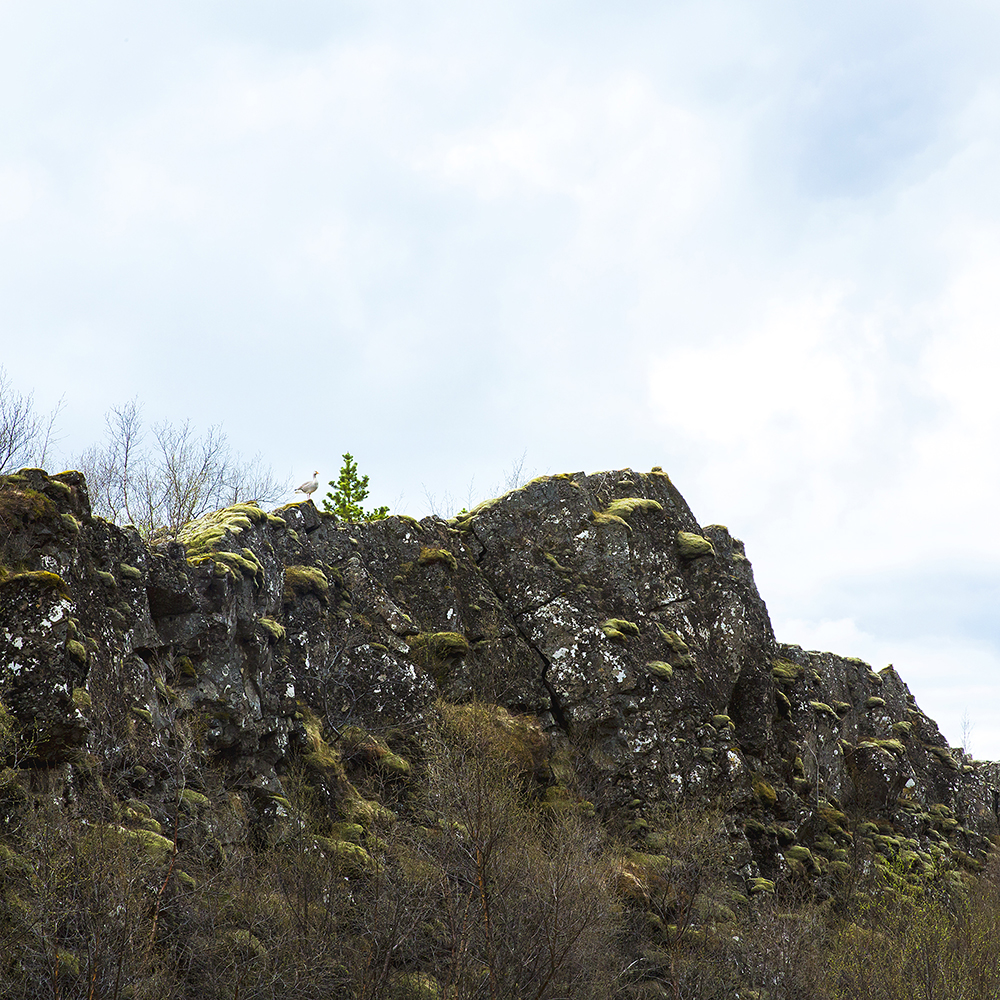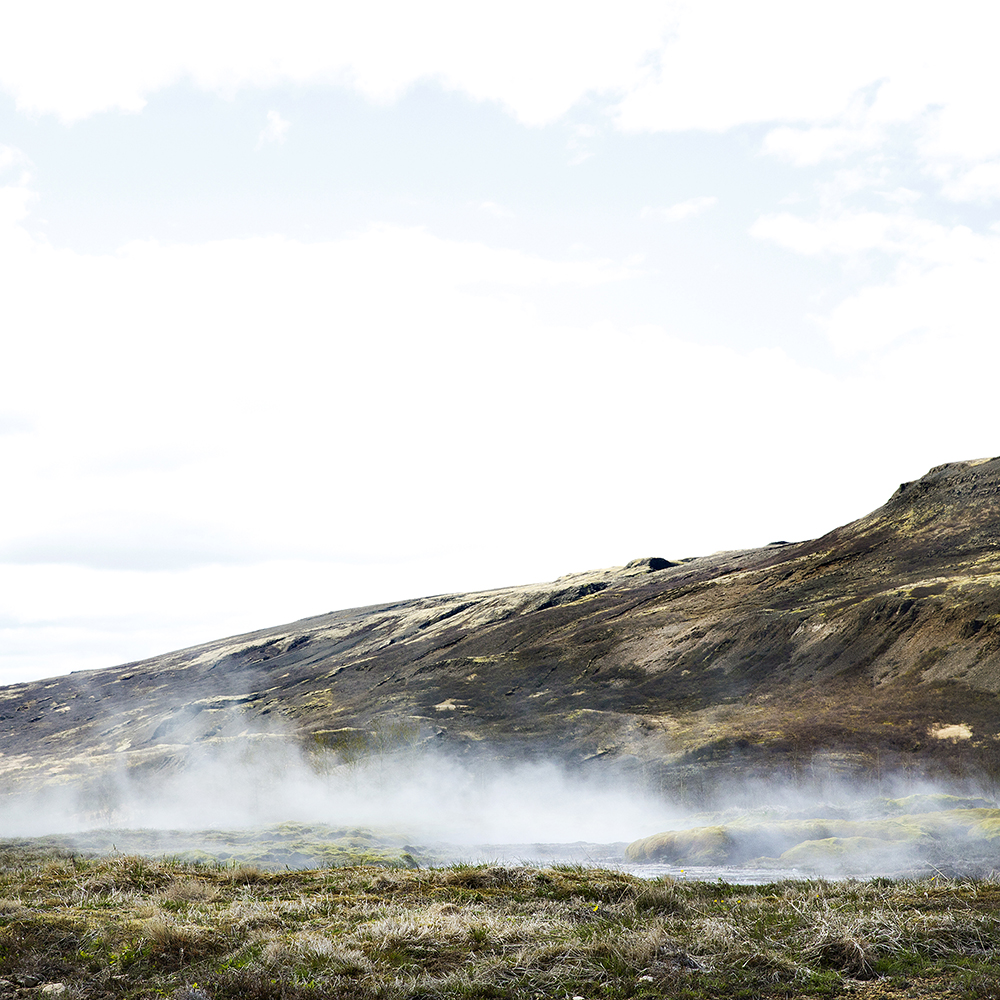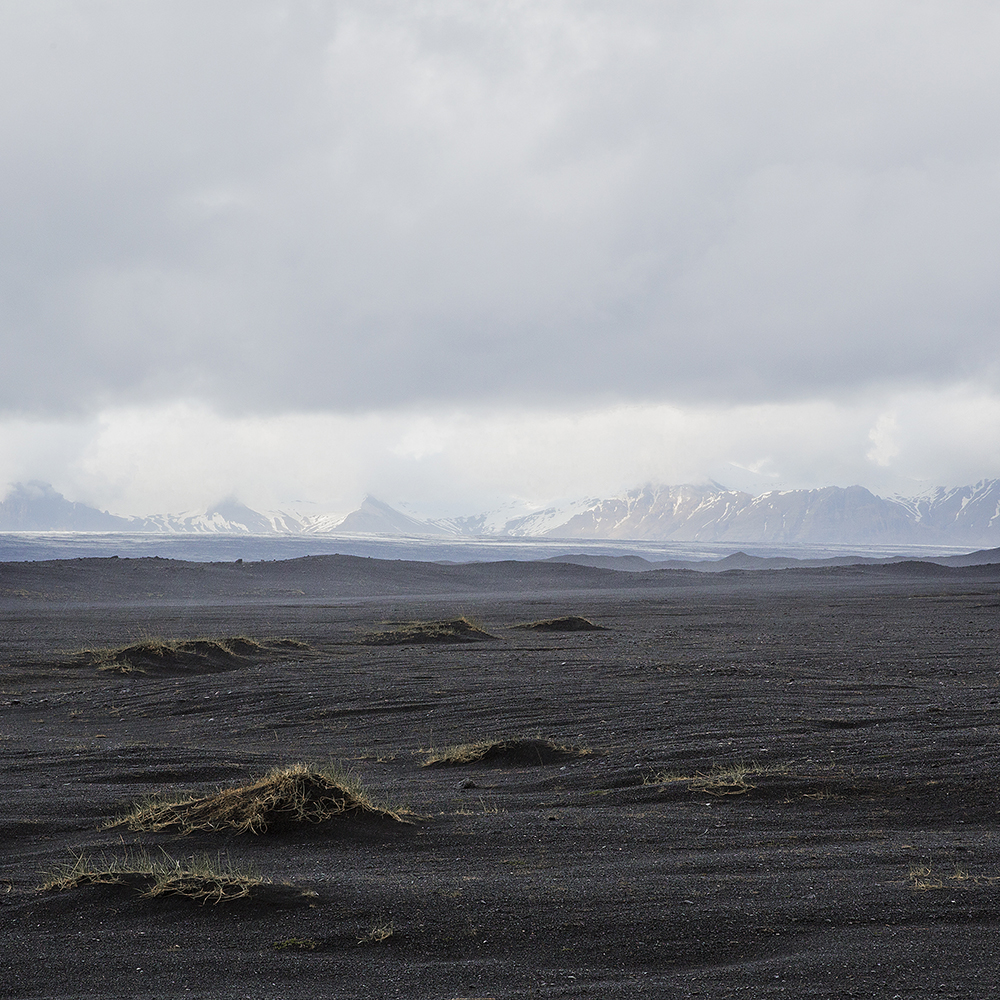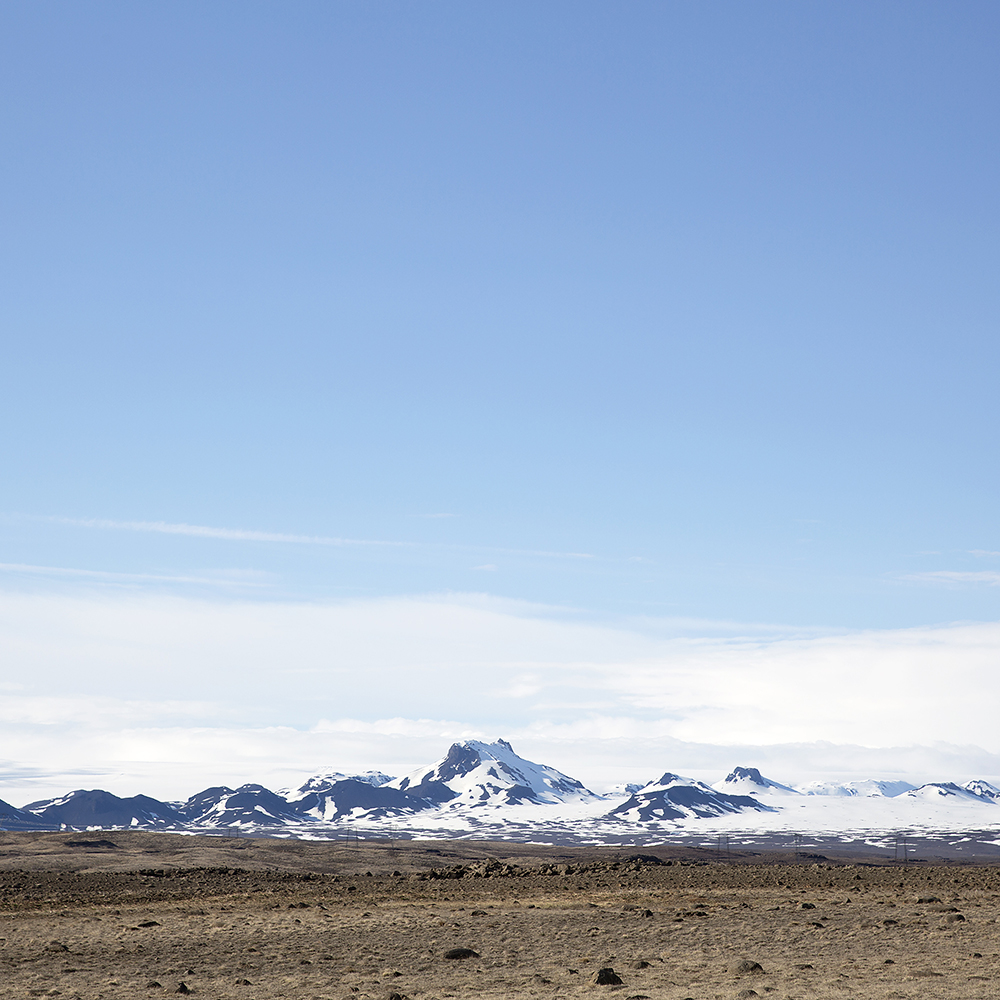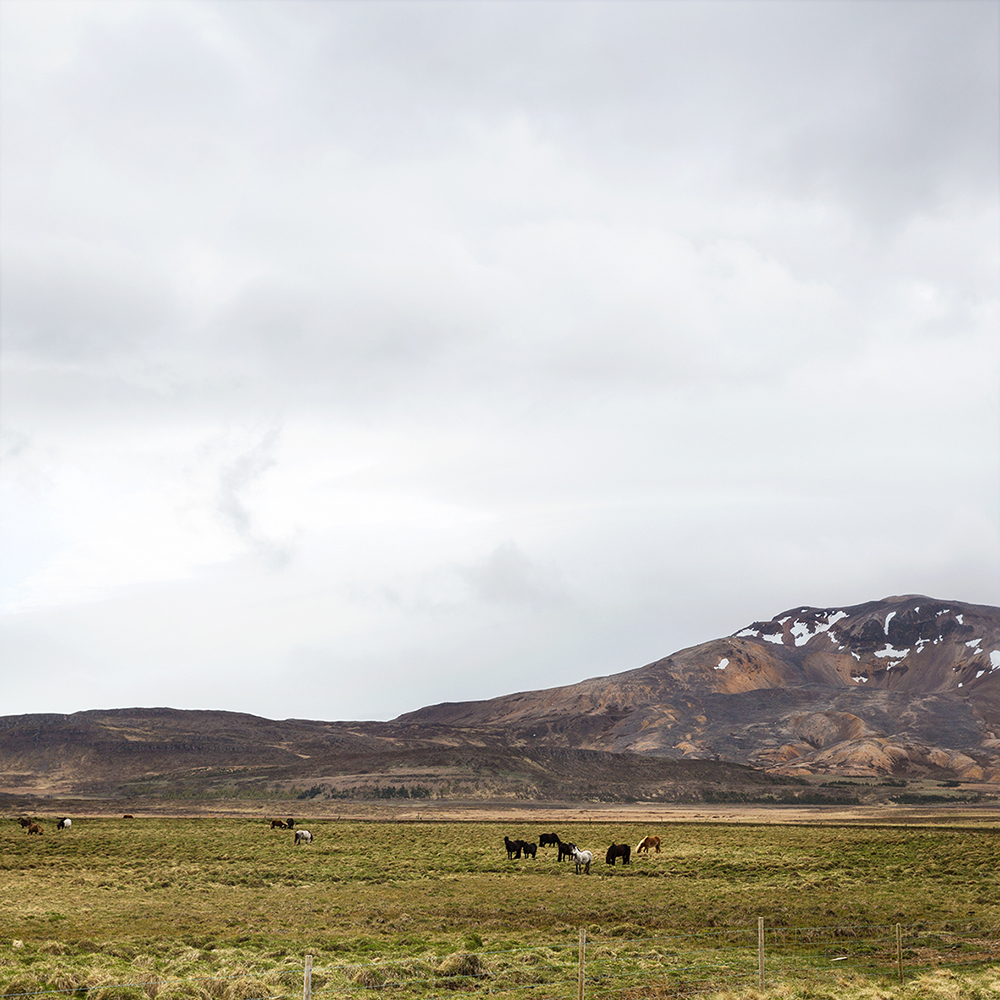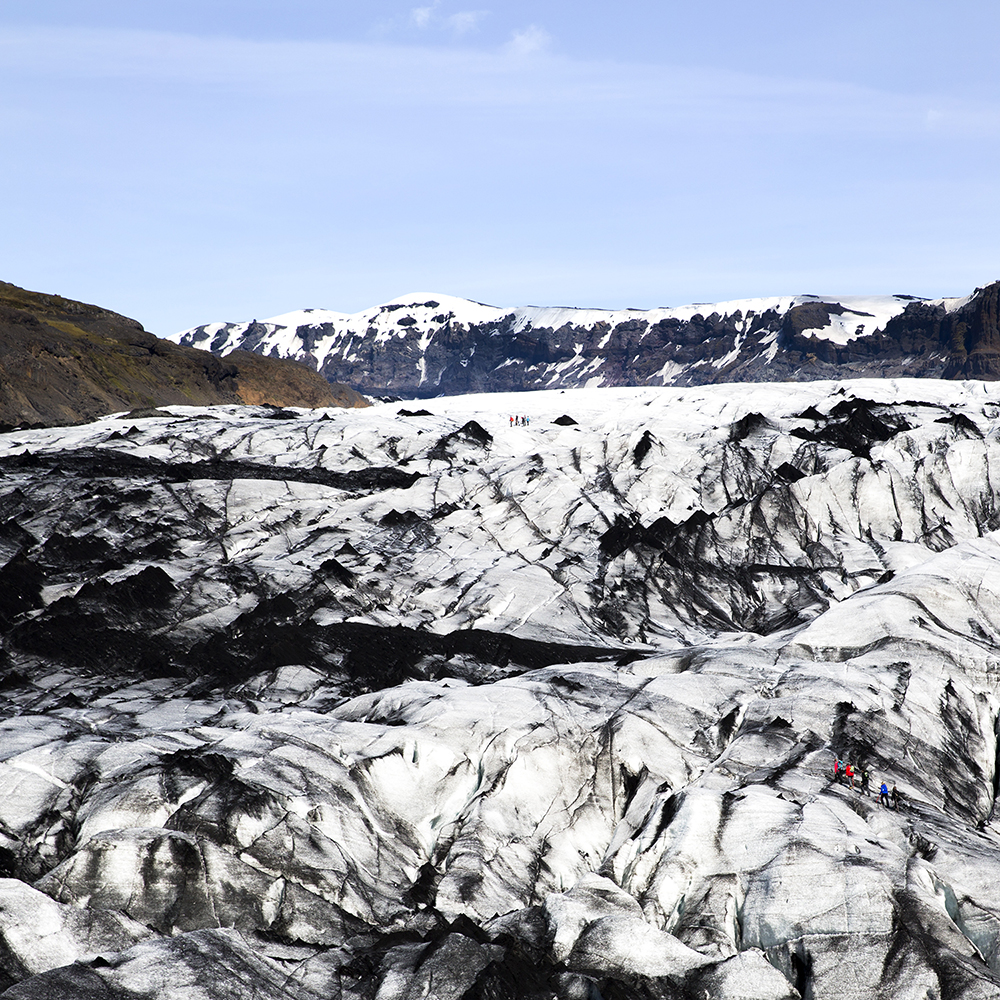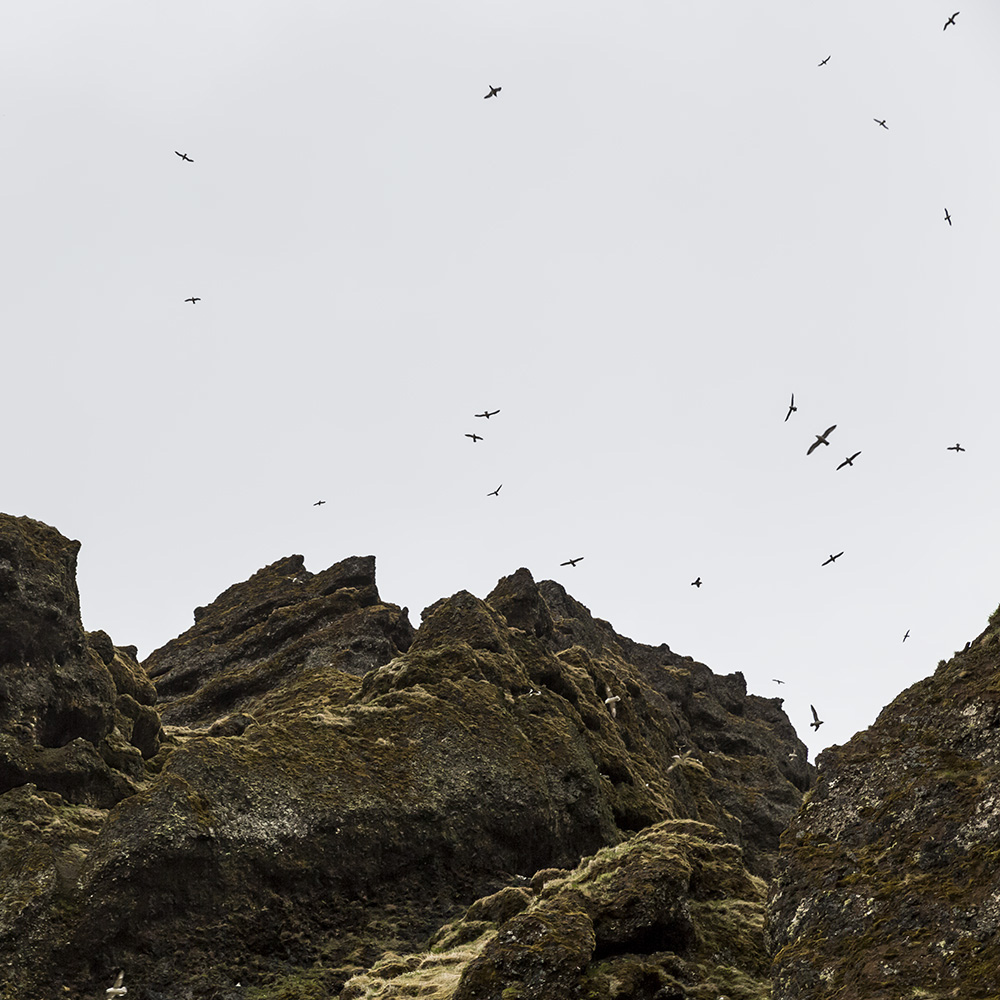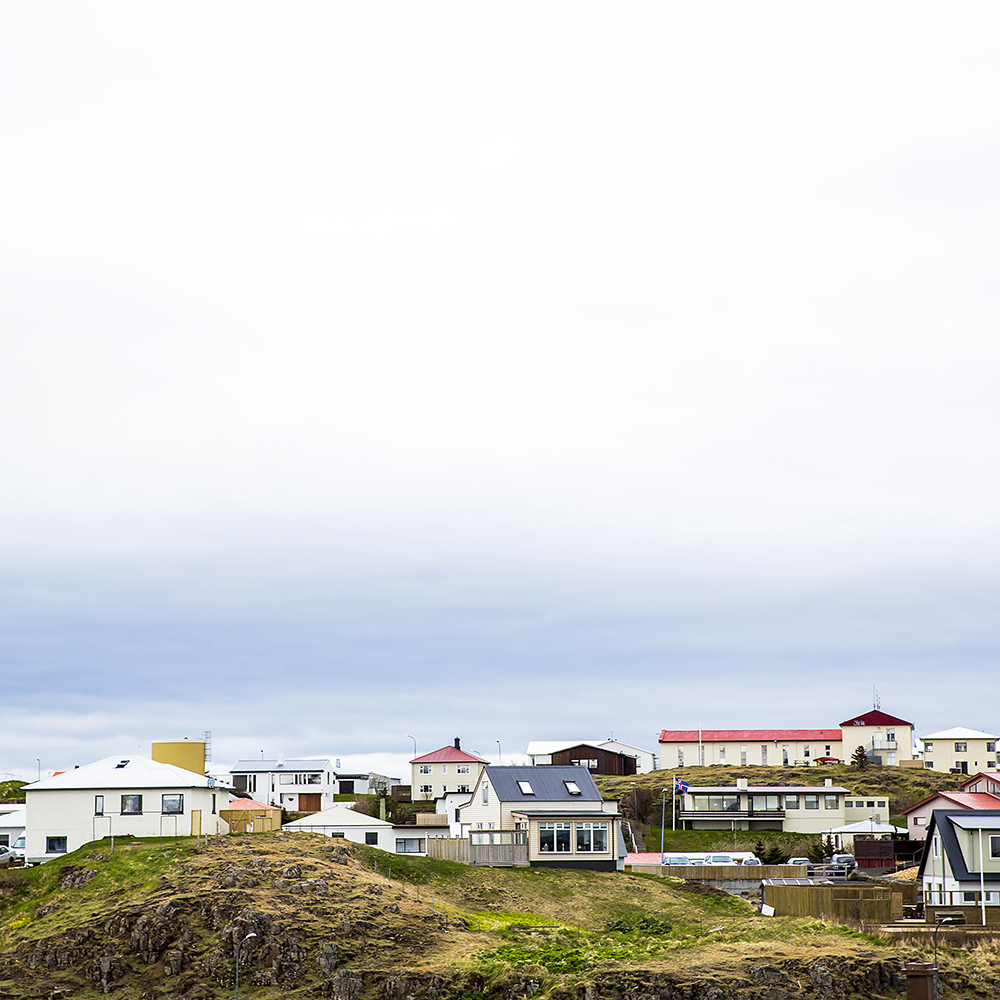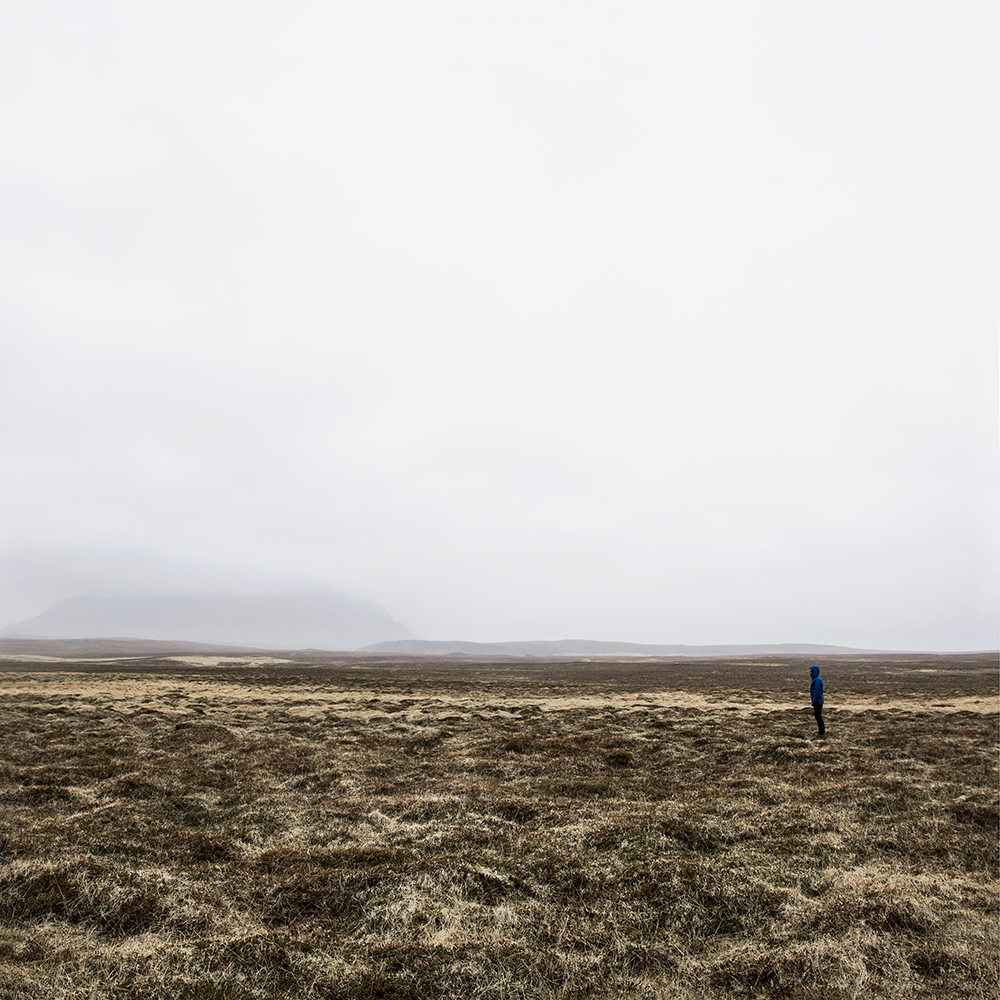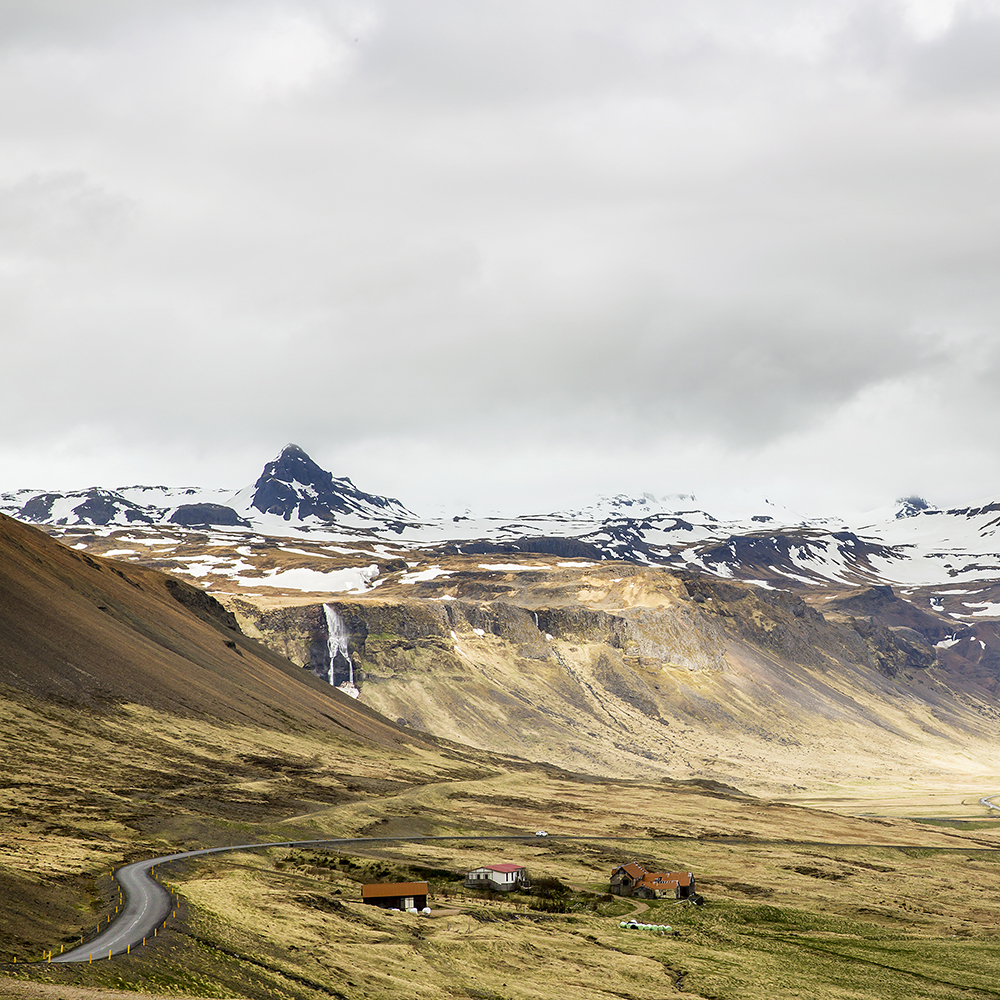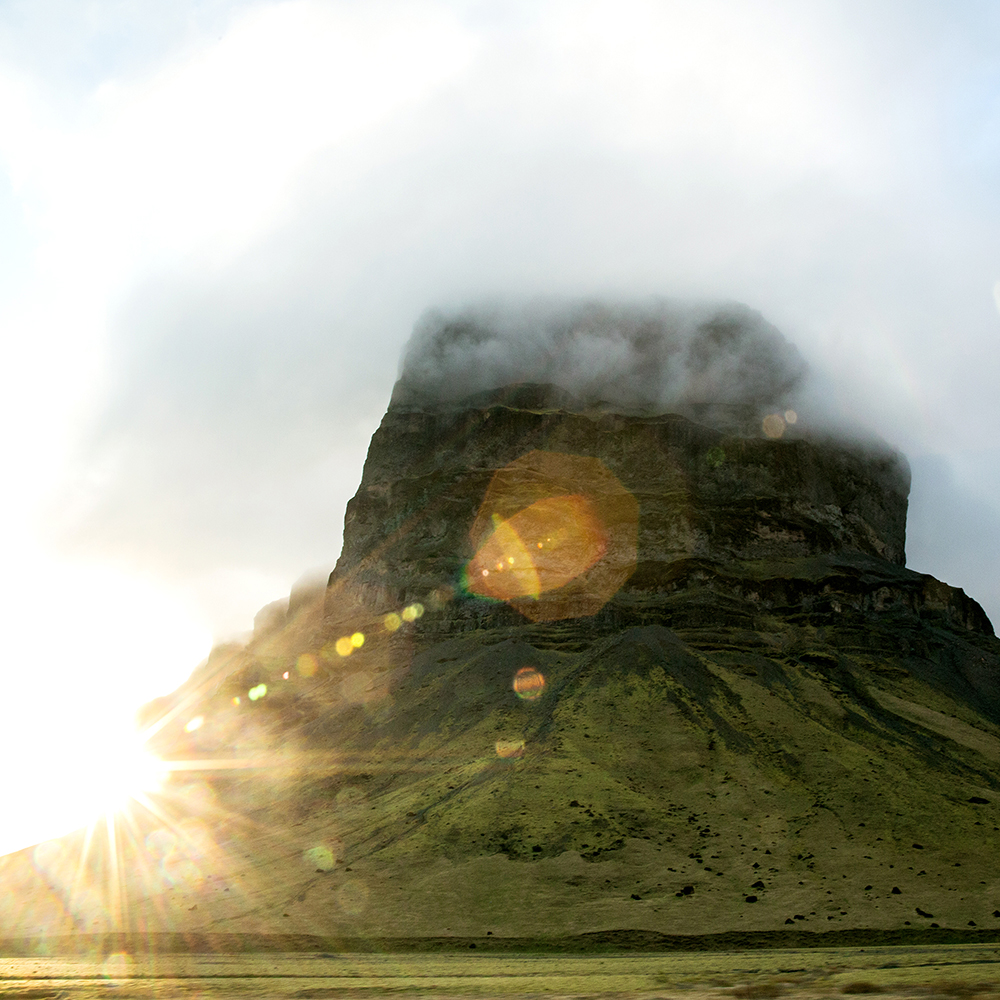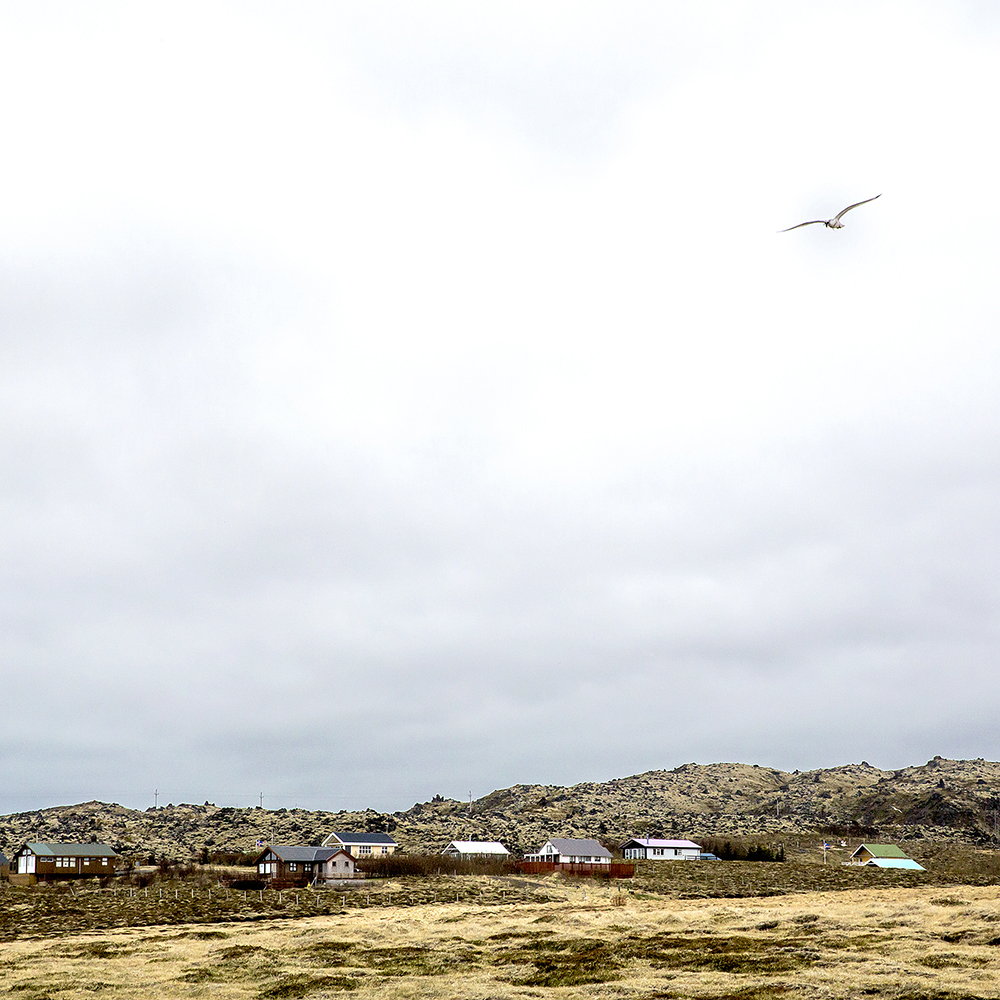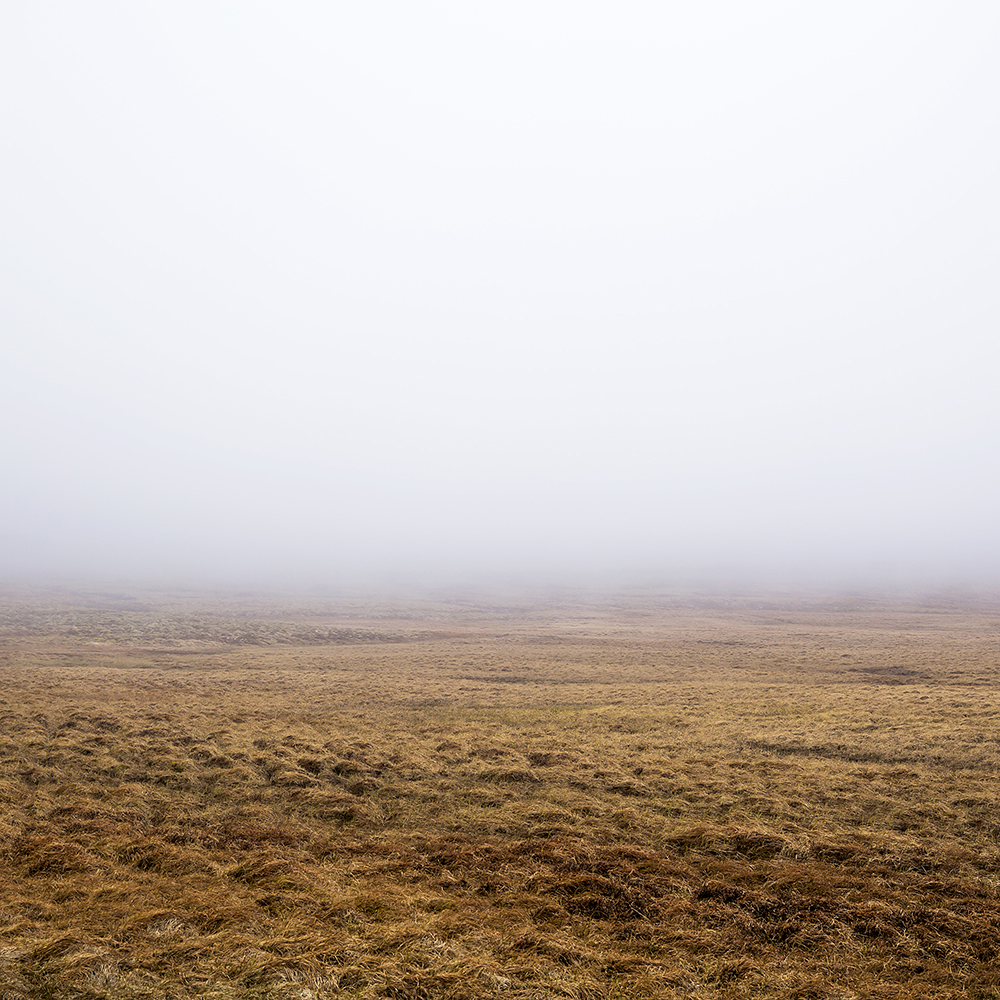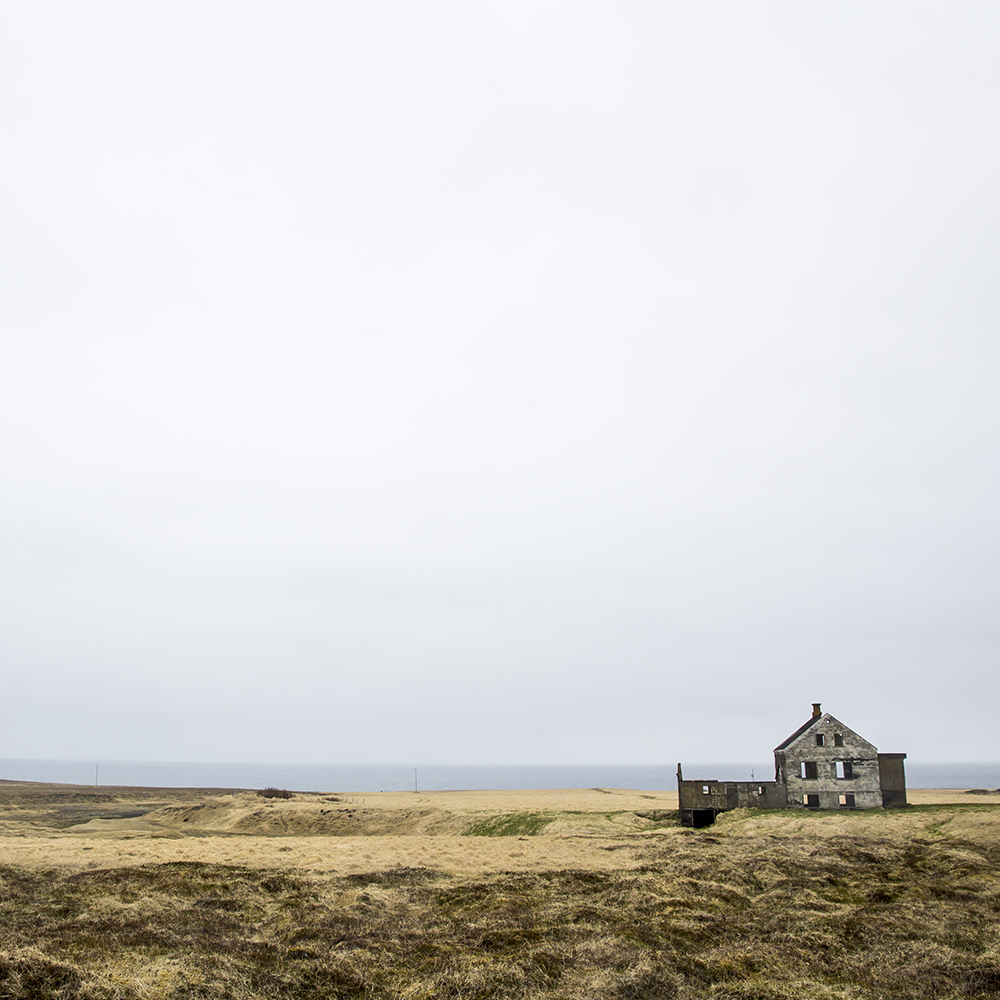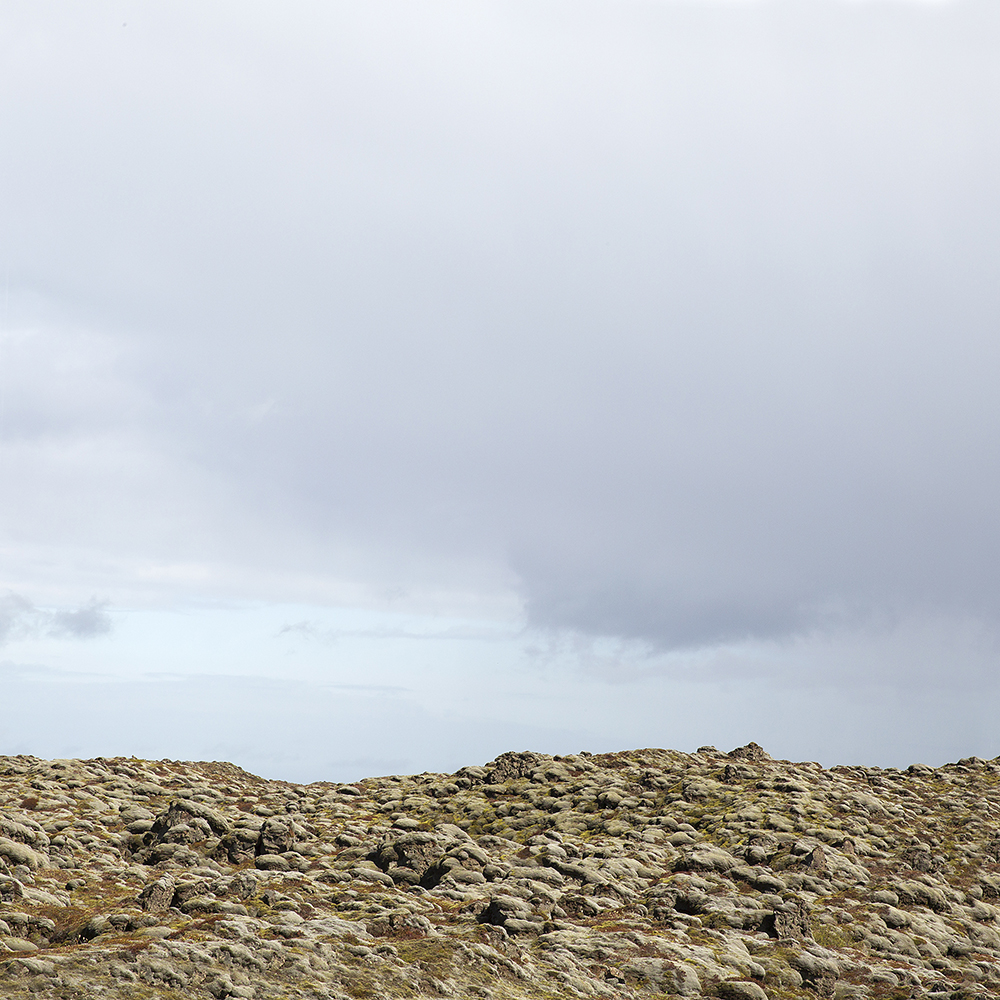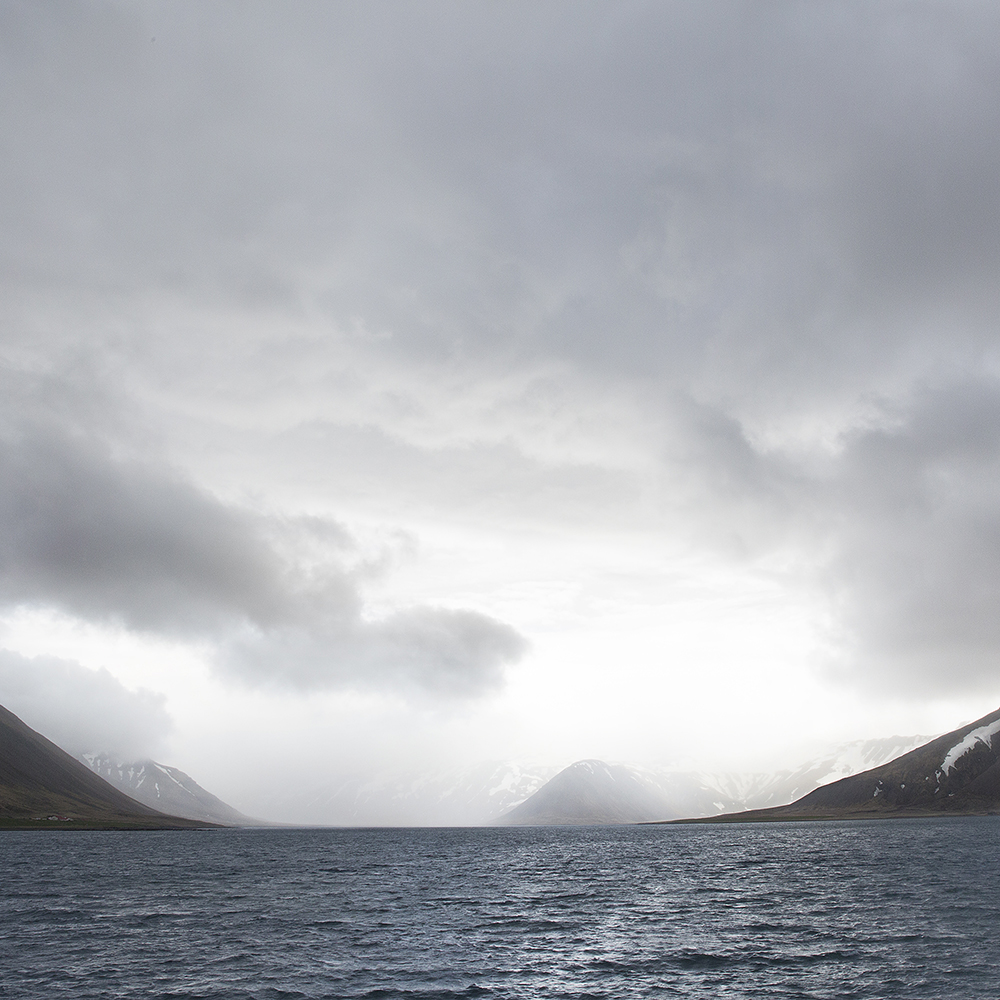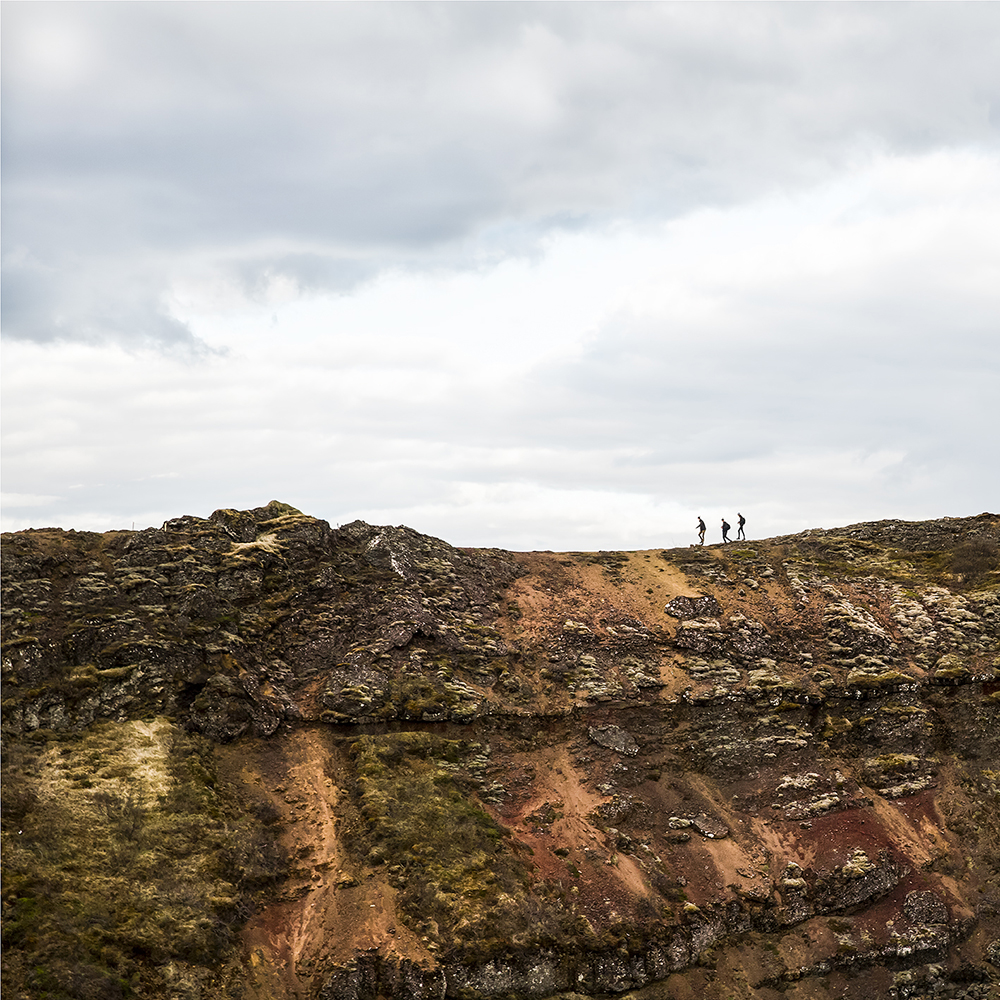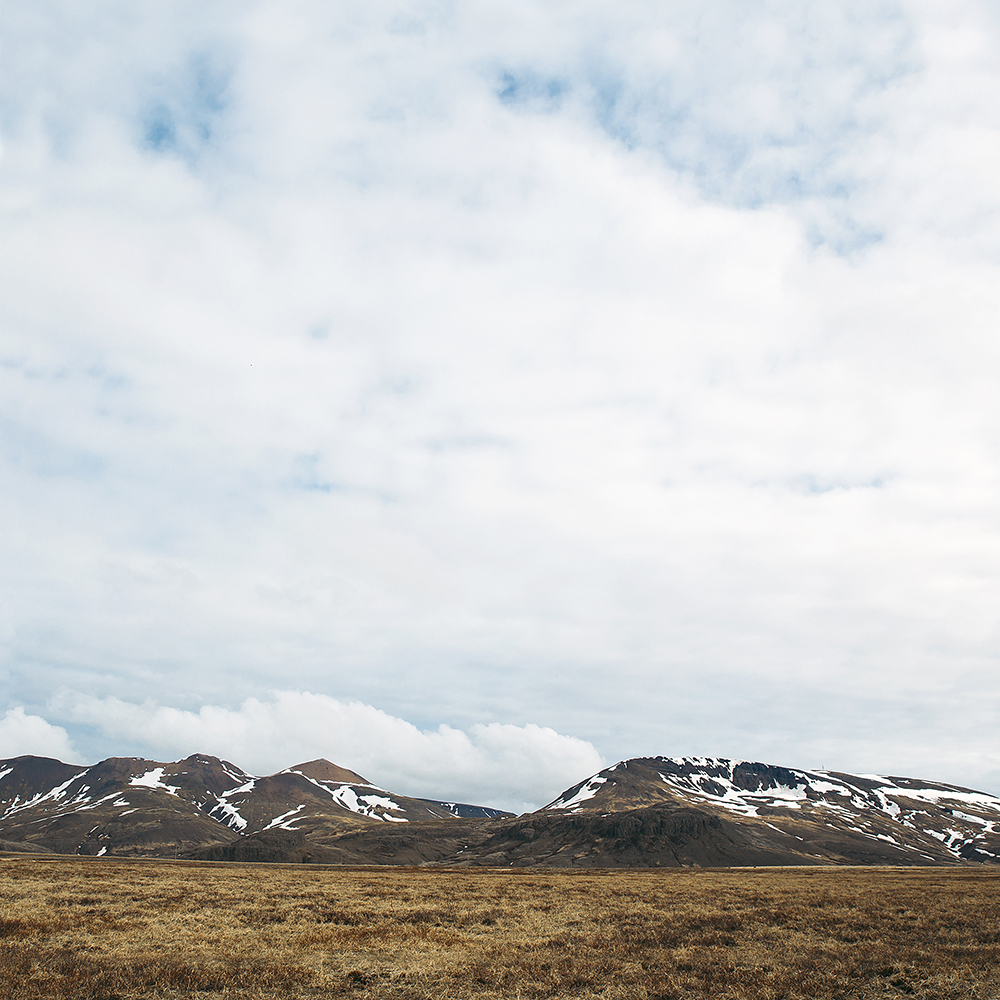
Náttsól: The resignation of night
All life, humans, animals and organisms alike, rely on sunlight to sustain their existence. Without consciously realising it, the rotation of the Earth and the resulting fluctuation in the luminousness of the sky influences this natural rhythmic pattern and coordinates our biology and behaviour. It is because of the entrainment of these light-dark cycles that we know when to sleep, when to eat, when to nest and when plants know to grow tall and strong. This pattern is known as our circadian rhythm. It’s ingrained in us for our entire lives on Earth, but what happens when these cycles are changed?
It was while traveling through the Icelandic landscape, with the midnight sun on the horizon, that it became relevant to question the potentially disruptive effect of constant 24-hour daylight. What effect does the landscape and environment have on the minds, bodies and biology of the animals, flora and humans who inhabit these places.
This series visualises mountains and glaciers amongst many varied environments displayed in such a way that result in an undulating topography of the landscape. Náttsól: The Resignation of Night consists of a series of landscape images, when placed side by side, take the place of a scientific readout, an abstracted Electroencephalographic waveform (an EEG), visualising the pattern and shape of brain wave activity of the human circadian rhythm.
A selection of these work are available through Saatchi Art (international), the Artling (Singapore), and RiseArt (UK).
Production Year
Materials
Editioning
Exhibition Details
Various individual works shown at The Other Art Fairs Sydney and Melbourne

